Open 24/7
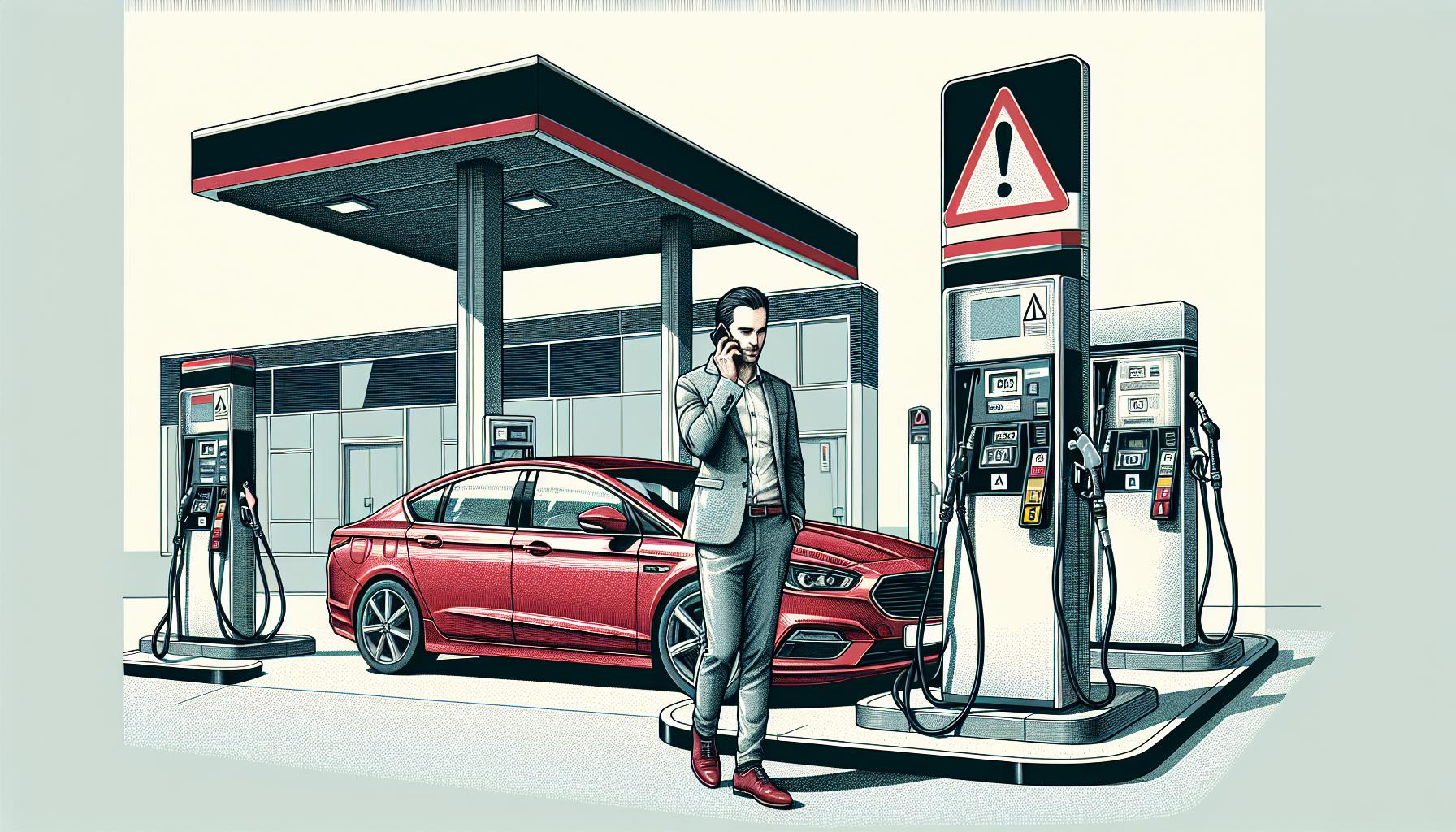
How to Minimise Damage Caused by Wrong Fuel in Your Car
Ever found yourself in that dreaded situation where you’ve put the wrong fuel in your car? It’s a common mistake you’d rather not make. But don’t fret, you’re not alone. Every year, thousands of motorists in the UK misfuel their cars.
It’s an easy error to make, especially when you’re in a rush or distracted. You might be thinking, “What’s the big deal?” Well, using the wrong fuel can cause serious damage to your car’s engine.
So, what should you do if you’ve filled your tank with the wrong juice? Stick around as we delve into the world of misfuelling, its implications, and the best course of action to take when it happens to you.
What is Misfuelling?
In the simplest of terms, misfuelling refers to the act of inadvertently filling your vehicle’s fuel tank with the wrong type of fuel. It’s a mistake that’s more commonplace than you might imagine. Surprisingly, in the bustle of daily life, thousands of well-meaning folks across the UK end up choosing the wrong pump at fuel stations.
Often, drivers make the error of pumping petrol into a diesel engine or vice versa. While this may seem like a minor hiccup at first, the repercussions are anything but slight. It’s a problematic circumstance that could potentially lead to a complete engine breakdown.
Pumping the wrong fuel into your car isn’t a matter to take lightly. Remember, the fuel you choose ought to be compatible with your engine type. The misunderstanding typically arises when individuals aren’t aware of the fuel type their vehicle requires. You see, each engine is specifically designed to work optimally with a certain type of fuel. That’s why it’s critical to double-check the correct fuel type before fuelling up.
As days get busier and distractions abound, the likelihood of misfuelling only increases. So, how do you prevent such an incident? The first step is awareness. Consider this — petrol nozzles are typically smaller in diameter than diesel ones, which makes it easier to mistakenly pump petrol into diesel cars. Thus, knowing your car’s fuel demands and understanding the basic differences can make a world of difference.
Coupled with the negative impact on your vehicle, there’s also the problem of time and costs for repairs that you have to deal with post-misfuelling. It’s a situation no driver wants to find themselves in, ever. But don’t worry, next up, we’ll tackle the best course of action if you mistakenly fuel up your car with the wrong type of fuel.
The Implications of Using the Wrong Fuel
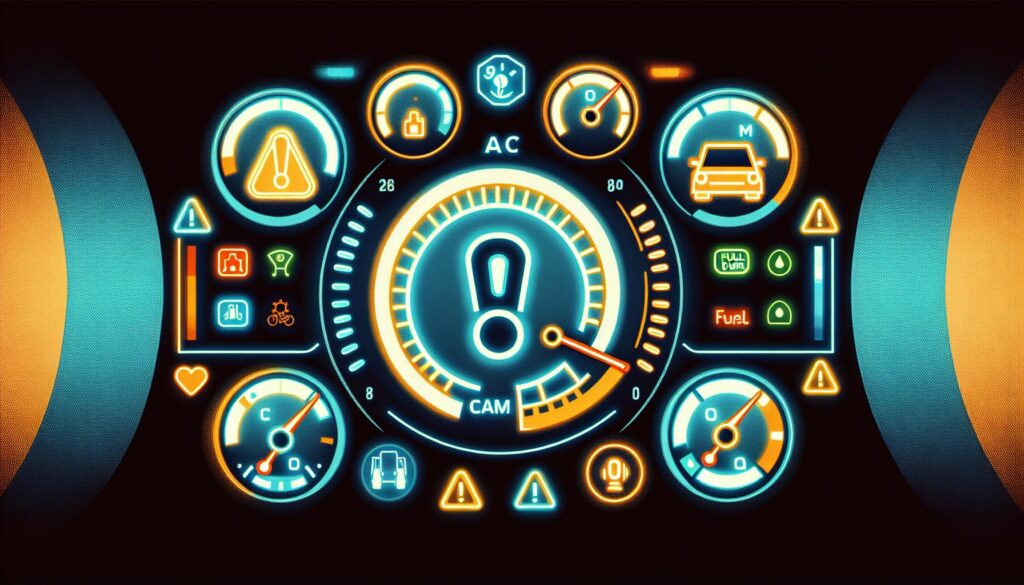
Regardless of the vehicle type, one thing is a constant: vehicles need fuel to run. However, not any kind of fuel will do. It’s crucial to fill up your tank with the right fuel for your specific vehicle to ensure it operates correctly.
Misfuelling, as we’ve already established, is an all-too-common slip made by thousands of unsuspecting UK drivers. Now, let’s delve right into the impact of using the wrong fuel—just what are the implications for your vehicle?
Imagine driving your petrol car and suddenly, it starts coughing, sputtering and exhibiting power loss. What’s happening? It’s almost as if your car has caught a cold, its fuel supply contaminated—a surefire sign that you’ve filled up with the wrong fuel, likely diesel. Diesel is much heavier and oilier than petrol, causing your vehicle’s components to clog up if they’re not designed to process it.
On the flip side, if you put petrol into a diesel engine, it will act as a solvent, reducing vital lubrication and causing parts to rub together. This causes metal to wear away, inevitably leading to damage and possible engine failure.
The exact consequences can vary based on a few factors: the type of incorrect fuel used, how much wrong fuel was added, and whether the vehicle was driven post-misfuelling. Here’s a table showing some potential outcomes of misfuelling:
| Potential Outcomes | Examples |
|---|---|
| Damages | Damage to fuel pump and injectors |
| Costs | High repair costs |
| Effects | Reduced vehicle lifespan |
Don’t panic, though—the situation isn’t necessarily disastrous. While the impact can be significant, immediate action can help mitigate the damage. So now, let’s discuss what to do when you realise you’ve filled up with the wrong fuel.
Signs That You’ve Put the Wrong Fuel in Your Car
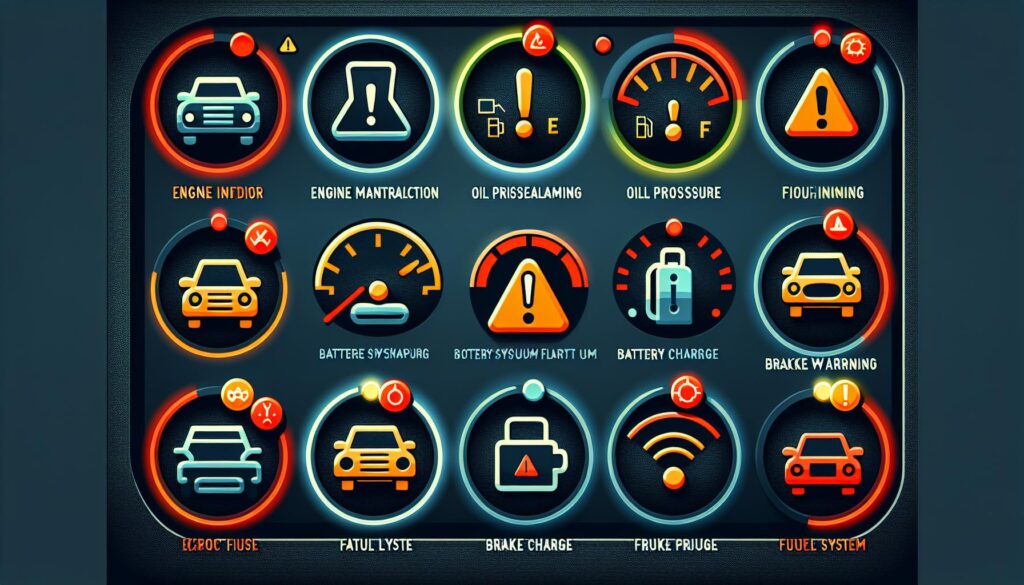
Recognising when you’ve pumped the wrong fuel into your vehicle can save you from costly repairs. This section provides an insight into what to look out for. Swift attention to some tell-tale signs can prevent serious engine damage.
One tell-tale sign is difficulty starting. If you’ve recently fuelled up and your vehicle refuses to start, there’s a chance you’ve misfuelled. Your engine requires the correct fuel type to combust effectively and get your vehicle moving.
Another warning sign is the vehicle juddering or poor performance after a recent fuel-up. If your car doesn’t operate as smoothly as usual, misfuelling could be the culprit. When the wrong fuel is present, your engine struggles to perform effectively, leading to awkward noises and movements.
Your vehicle’s engine cutting out is a notable alarm bell. Misfuelling can starve your engine of the right type of fuel it needs to function, causing it to stall or cut out entirely.
A lit warning light on the dashboard is another sign. Modern vehicles come equipped with a multitude of sensors. These sensors can detect any irregularities, including the wrong fuel type, and trigger a warning light.
Here’s are these key signs in a nutshell:
| Warning Signs | Associated Misfuelling Symptom |
|---|---|
| Difficulty Starting | Incorrect fuel fails to ignite. |
| Juddering or Poor Performance | Engine struggles with wrong fuel type. |
| Engine Cutting Out | Inadequate fuel type starves the engine. |
| Warning Light on Dashboard | Sensors detect fuel irregularities. |
Next, let’s move on to what to do if you’ve recognised any of these signs. This proactive approach can help mitigate damage and reduce repair costs.
What Not to Do When You’ve Misfuelled
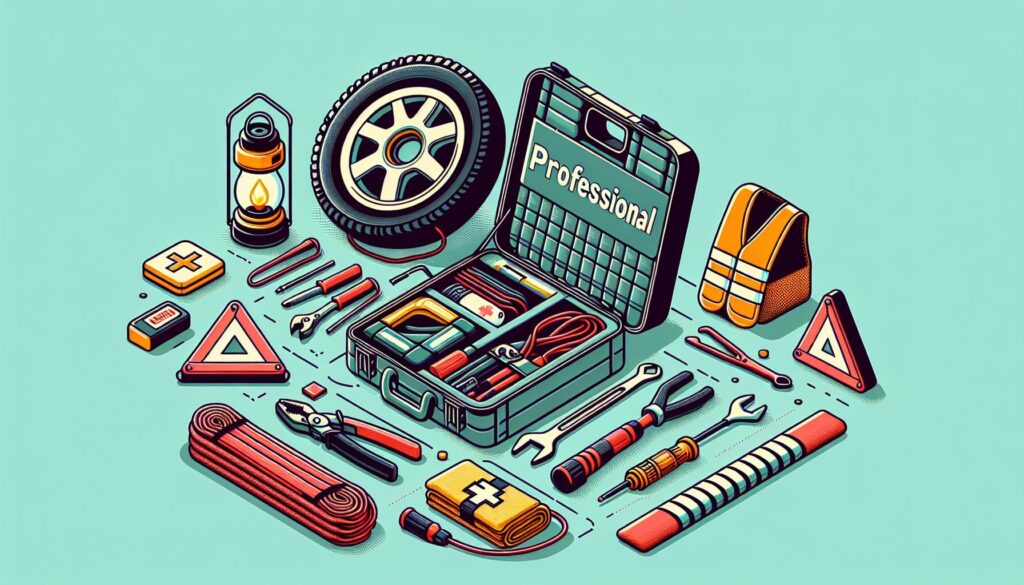
If you’ve just realised you’re the latest victim of misfuelling, tension may be setting in, but it’s vital not to panic. Here are some essential do-nots when this unfortunate event backs you into a corner.
Avoid Switching On Your Engine
Your first instinct may be to switch on the engine—to see if the car still runs or exists any telling sign. This, however you’d rather not do. Alarmingly, starting your engine circulates the wrong fuel into the system causing more damage.
Do Not Attempt to Drive
Swinging into action and planning to drive your misfuelled car to the nearest garage isn’t the best move either. Keep your car stationary. The less the wrong fuel courses through your system, the better your chances of mitigating damage.
Refrain from Topping Up Correct Fuel
It might be tempting to correct your error by topping up with the right fuel, but this isn’t a solution. It only dilutes the mixture without totally erasing the effects of the misfuel.
Do Not Dismiss the Alert
The misfuelling predicament cries out for immediate attention. Do not ignore or dismiss any warning light flashing on your dashboard. One of the earliest indicators of misfuelling is an alert popping up on your car dashboard.
| Warnings Signs | Implication |
|---|---|
| Difficulty starting | Fuel-system issue |
| Juddering/Poor performance | Fuel-system imbalance |
| Engine cutting out | Serious potential damage |
| Warning light on dashboard | Immediate attention needed |
^Table 1: Most common warning signs of misfuelling
Steps to Take After Misfuelling Your Car
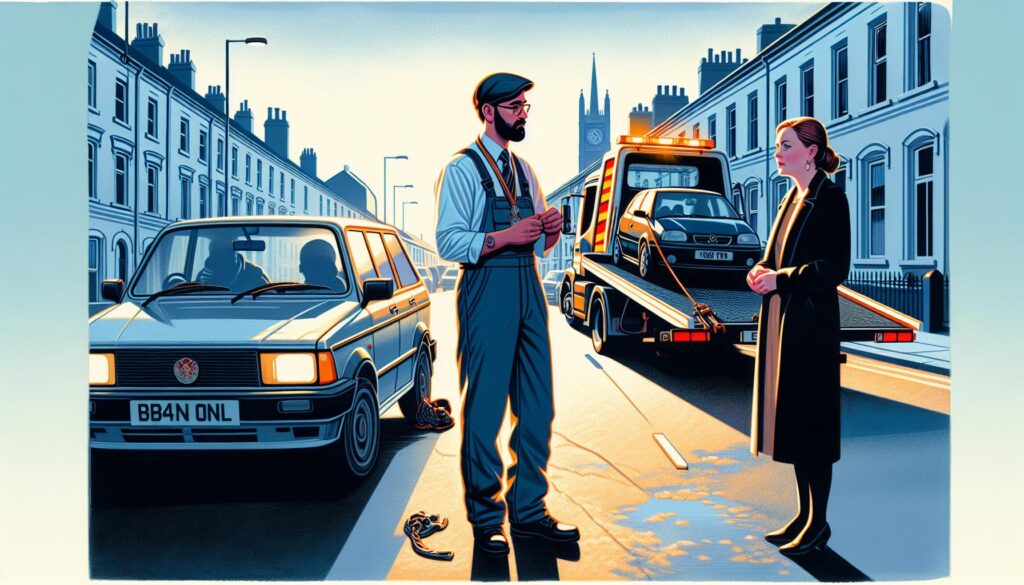
Once you’ve misfuelled your car, it’s all about swift, informed action. The quicker you respond, and the better informed your decision, the better chances you’ve got to minimise any potential damage.
Firstly, do not start your car. By merely adding the wrong fuel, you’ve not caused any harm yet. The damage begins the moment the key turns, circulating the wrong fuel through your engine. If you’ve realised your mistake on the pump forecourt, you’re in the clear for the most part.
Next, notify the station staff immediately about your situation. It’s their responsibility to ensure safety at the pump, and they can give you some initial advice on the steps to take. This might involve pushing your vehicle from the pump if possible.
Afterward, call a specialist to handle the situation. It’s crucial to call an industry-approved Wrong Fuel Recovery Agency or a breakdown service like ourselves, Breakdown Recovery Belfast. It’s not advisable to sort this issue by yourself. Misfuelling is a complicated business that’s best left for professionals.
Possibly you’ve driven your car before you realised your mistake. If that’s the case, stop as soon as it’s safe to do so. Turning the engine off as soon as you can will lessen the damage caused.
Although you’ve now covered the initial steps, the process isn’t over yet. There’s yet more you need to do to get your car back in shape post-misfuelling.
Just remember:
- Do not start your car if you’ve filled with the wrong fuel
- Notify the station staff
- Call a specialist
- If already on the road, stop and turn the engine off immediately
Frequently Asked Questions
What is the first step after misfuelling your car?
After misfuelling, resist the urge to start your car. This is essential as the damage to your engine begins when the ignition is turned on.
Should I notify the station staff if I misfuel?
Yes, it is advised to notify the station staff immediately. They may be able to provide advice and help prevent further damage.
Who should I contact if I have accidentally misfuelled my car?
Call a specialist for help. This could be a Wrong Fuel Recovery Agency or a breakdown service. Misfuelling is a complex issue best tackled by professionals.
What should I do if I have already driven my car after misfuelling?
If you have already initiated driving, stop as soon as it is safe to do so. Turn off the engine immediately to minimise further damage.
Remember, misfuelling is a serious issue. Immediate and informed action can prevent significant damage to your car.
Summary
So, you’ve got the wrong fuel in your car. Don’t panic! Remember, it’s the quick and informed actions you take that’ll make a difference.
Don’t start the engine, alert the station staff, and get on the phone to a Wrong Fuel Recovery Agency or breakdown service. These professionals know how to handle a misfuelling situation.
If you’ve already hit the road, stop as soon as you can safely do so and turn off the engine. Misfuelling is a hiccup, not a disaster, as long as you act swiftly and smartly.